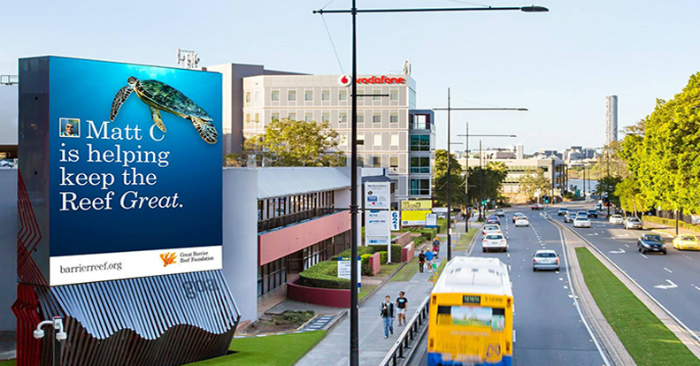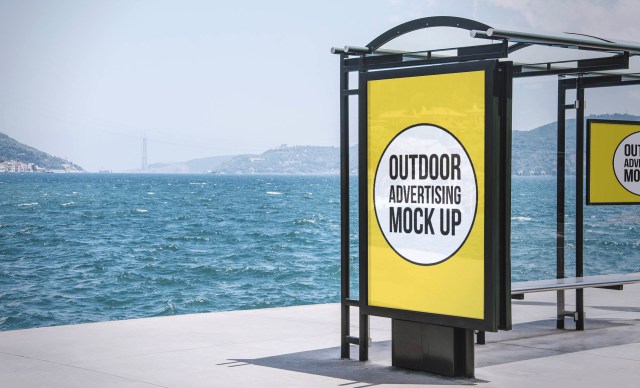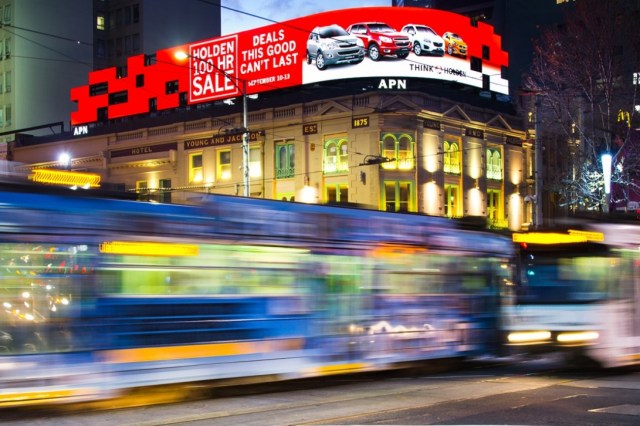
Out of home media figures for May see digital revenue make up 44.7 per cent of total revenue, in February it was 43.8 per cent.
The Out of Home (OOH) industry saw a net media revenue of $70.5m for the month of May, an increase of 9.6 per cent for the same month last year, which posted a net media revenue of $64.3m.
Charmaine Moldrich, CEO, OMA says, “The last year has seen the OMA continuing to work closely with its members to communicate the positive offerings that Out of Home (OOH) signs make to cities and the people that live in them.
“Traditional signs offer scale, reach and impact, allowing brands to own a space. They still make up a huge percentage of overall inventory and there will always be a place for the tried and true poster and through the internet of things we are able to combine our traditional outdoor posters with new technology, giving old inventory a new lease on life and value – to search, try and transact.”
[Related: Out of home Q1 revenue increases]
Category figures May 2017 show roadside billboards (over and under 25 square metres) came in at $27.3m. Roadside other (street furniture, bus/tram externals, small format) resulted to $20.4m. The transport sector (including airports, bus internals and train stations) ended up at $11.3m and retail, lifestyle and other was at $11.5m.
Moldrich says, “The OMA is also working with advertisers, agencies, and local and state governments to ensure that OOH advertising continues to innovate and grow. The proof of our success is in the numbers: this is our seventh consecutive year of revenue growth, with a 15.8 per cent net media revenue increase year-on- year, reaching a record high of $789.5 million, up from $682.1 million in 2015.
“And while the media landscape continues to be disrupted by online, and our populations become more urbanised, technology is enhancing OOH, making it the primary media channel that connects people with places. Since 2010, OOH audiences have grown by 20.3 per cent, faster than population growth (13 per cent). In the past year, we have worked on our relationships with government. The 2016 Future Cities was a catalyst for conversation and collaboration. Governments increasingly recognise that OOH has a role to play in culture creation and in smart cities.”
Comment below to have your say on this story.
If you have a news story or tip-off, get in touch at editorial@sprinter.com.au.
Sign up to the Sprinter newsletter



